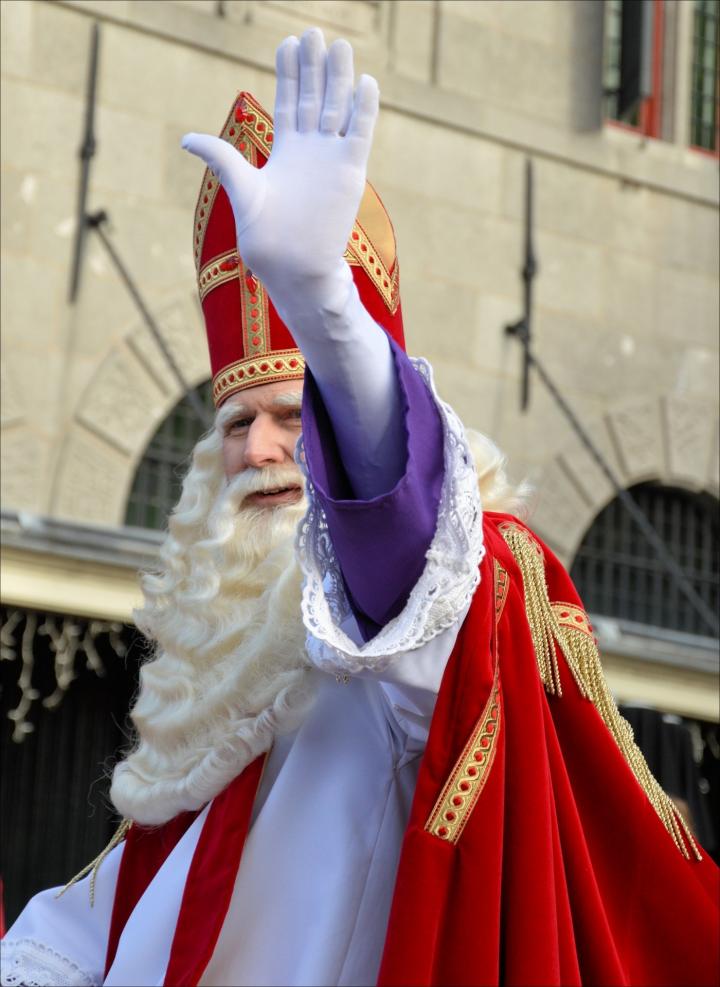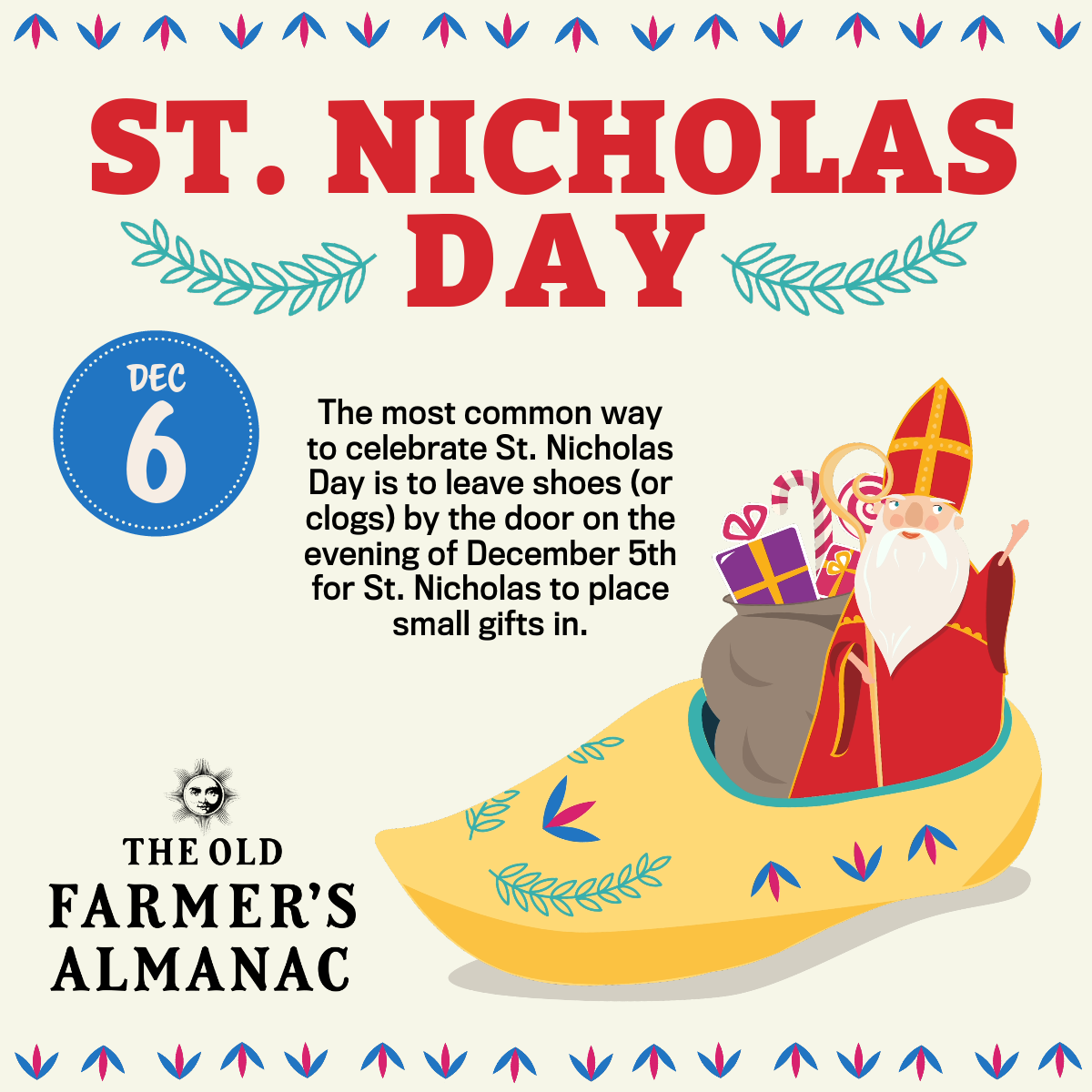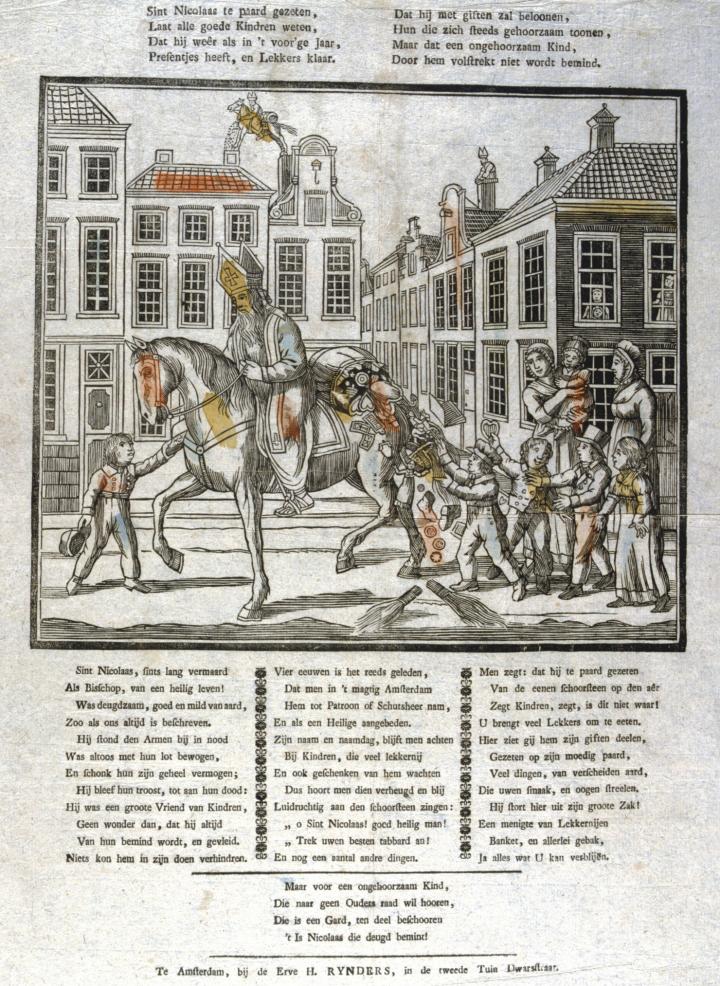
St. Nicholas Day Traditions, History, and More
ADVERTISEMENT
You left out A LOT of the Sinterklaas story.
This site has a lot of activities and even a reconstruction of what St. Nicholas looked like, based on X-rays of his skull:
https://www.stnicholascenter.org/
Enjoyed the article. Being half Dutch and living in The Netherlands, I’d like to point out a few ‘errors’: Dec 6 is St. Nicolas’ birthday, but the celebration is on St. Nicolas Eve, Dec 5. There is no such thing as St. Nicolas ‘Day’.
St. Nicholas usually arrives by steamboat around Nov 18, and from that day on children are allowed to put their shoe in front of the fireplace.
Thank you, Rudy, for your feedback. We have revised the article.
In Slovakia St. Nicholas arrives with an angel and a devil (to warn misbehaving kids) and presents children with sweets (during organized St Nicholas celebrations kid has to recite a little poem or sing). On the Eve of St Nicholas' day children also clean their boots and put one boot in the window of their bedroom for St Nicholas to leave a gift inside, which is candy and maybe some fruit. Traditional candy is chocolate St Nicholas.
(Christmas gifts are presented by baby Jesus in Slovakia on December 24th)
Santa Claus on a piece of legitimate currency? Once upon a time... There was, in fact, a legitimate $3 bill with Santa Claus featured on it. Back when individual banks or States issued their own currency, during the 1850's or earlier. Some of the banks who issued the bill were: Howard Banking Company of Boston, the Central Bank of Troy, the Pittsfield Bank, White Mountain Bank, St. Nicholas Bank of Manhattan, and the Central Bank of NYC in 1852. And it was legal tender! I remember reading about this after the $2.00 bill came out.
The pickle as a Christmas ornament is also associated with Saint Nicholas. I've seen at least a couple different versions of the story behind the Christmas pickle, though they follow the same basic line. In one a couple of Spanish school boys are traveling home from their boarding school for Christmas and stop for the night at an inn. The inn keeper, an evil man, takes the boys possessions then kills them and stuffs them in a pickle barrel. St. Nicholas arrives that night and becomes aware of what happened to the boys. Going to the barrel he taps it with his staff and the boys are restored to life and thank him before continuing on their way. In the other version it's three school boys, no mention of where their from or even that their from a boarding school Only that their traveling home for Christmas and stop at an inn. The inn keeper and his wife are evil people who kill the boys in their sleep and chop their bodies up before stuffing them in pickle barrels. St. Nicholas arrives at the inn and goes to the basement where the barrels are stored. Invoking the name of Christ he commands the boys to rise and be whole again, which they promptly do and are able to be reunited with their families. Both versions of the story are supposed to be an example of a miracle he supposedly preformed though scholars point to such stories as appearing centuries after his death.
The three gold balls that served as the dowry for the poor man's daughters are referenced in the universal symbol for pawnbrokers, for whom Nicholas also serves as patron saint.
In the Netherlands and Belgium St. Nicholas arrives via boat in November and kids put their shoe near the heater (used to be the fire) often with a carrot for his white dappled horse and sing Sinterklaas songs. Sinterklaas Eve, so December 5th, is gift giving time.
Thanks for sharing! We love the tradition of carrot for his horse. Our tradition of carrots for reindeer are so reminiscent of this! The idea of having gift giving early in Advent and separating it from the focus on the meaning of Christmas is also lovely.













